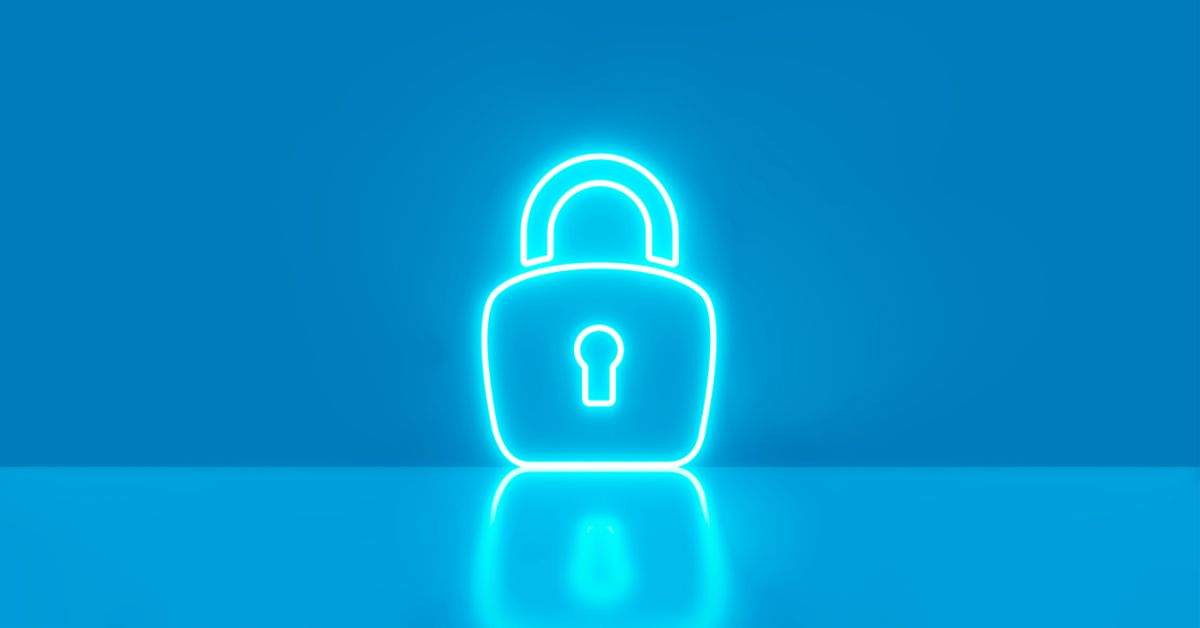Email management for lawyers is an incredibly important aspect of useful communication tool that has changed the way we work.
It can, if used to excess, take over our work day and crush our personal productivity. In fact, workers spend more than two hours a day looking at their emails.
For legal professionals, this is a far heavier burden, with email dominating communications and by extension, the amount of time needed to sift through them.
Some people receive literally hundreds of emails every day (perhaps you’re one of them) — an unsustainable volume of communication that is probably nearly impossible to effectively handle. The result is an inbox backlog that is frustrating and stressful.
So, how can workers in the “knowledge” economy, like attorneys and paralegals, get a grip on their inboxes? Here are our One Legal email management tips for lawyers.
Only focus on your email in specified time blocks
There’s a common approach that argues that the best way to get things done is to schedule time for everything. This means scheduling time in your day for things like checking and responding to emails, not just the appointment-specific stuff.
- Allocate dedicated time slots: Set aside specific time blocks throughout your day to focus exclusively on email management. Determine the frequency and duration based on your workload and preferences. For example, you might choose to check emails for 30 minutes in the morning, 30 minutes after lunch, and 30 minutes before the end of the workday.
- Communicate availability to clients and colleagues: Inform your clients, colleagues, and staff about your availability. Clearly communicate that you will respond to emails during those specific time blocks to manage expectations.
- Disable real-time email notifications: Turn off email notifications or set them to silent mode during your designated email management time blocks. Constant email interruptions can disrupt your workflow and make it difficult to concentrate on other tasks.
- Stay focused and avoid multitasking: During your allotted email time blocks, focus solely on email-related tasks. Avoid multitasking or switching between different activities. Give your full attention to reading, responding, organizing, and managing your inbox.
- Process emails systematically: Develop a systematic approach to processing emails during your dedicated time blocks. Start with the most urgent or important emails first and work your way through the rest. Respond promptly to time-sensitive messages and delegate or defer non-urgent ones. Aim to clear your inbox or reduce it to a manageable level by the end of each time block.
- Use email management techniques: Apply effective email management techniques, such as Inbox Zero or folder categorization, within your designated time blocks. Prioritize emails, organize them into relevant folders or labels, and take action (reply, forward, archive, delete) promptly.
- Adjust time blocks as needed: Regularly assess the effectiveness of your designated email time blocks. If you find that certain time slots are consistently overwhelmed with emails or that you require additional time for email management, consider adjusting your schedule accordingly.
Remember, the purpose of setting specified time blocks for email management is to create a structured approach that maximizes productivity while minimizing distractions.
By dedicating focused time to handling emails, lawyers can ensure timely responses, maintain organization, and manage their workload more efficiently.
Read your emails systematically
There are many systems out there for dealing with inbox overload and focusing on the messages that matter.
It’s a good idea to read through your emails quickly, delete unnecessary items (like calendar request receipts, for example), respond to quick questions that take under two minutes, and flag messages that will require longer as separate tasks, to be dealt with later.
The tasks function in Outlook is massively under-used and can really help to avoid horrifying moments when you’re asked about a message by a boss, but you’ve completely forgotten about it and it’s sitting languishing at the bottom of your inbox. Creating tasks from emails is simple — just click the flag column, and then set appropriate due- and reminder dates.
Set up rules for known important messages
If you choose to use approaches like the above to manage your email, then you’ll probably want a method for having very important messages brought more immediately to your attention.
Having messages, say, from One Legal alerting you of the status of an order, or an update on your case from a notifications service like Fetch, channeled into a special high-importance folder can be really useful.
You can also use rules for the polar opposite reason: to weed out less important messages, such as newsletters, by directing those emails to a specific folder that you can check as, and when you have time.
- Identify key senders or domains: Determine the individuals, organizations, or domains from which you consistently receive important messages. This might include clients, opposing counsel, courts, or specific contacts related to high-priority cases or matters.
- Create rules based on sender or domain: Access the rules or filters feature in your email client or management software and create rules that target these important senders or domains.
- Define actions for important messages: Once you have set up the conditions for identifying important messages, determine the actions you want to apply to those emails. For instance, you can choose to highlight, flag, move to a specific folder, or assign a specific label to these messages.
- Prioritize time-sensitive emails: If time-sensitive emails require immediate attention, you can create rules that automatically assign a higher priority to these messages.
- Consider categorizing by case or matter: For better organization, create rules that sort emails related to specific cases or matters into dedicated folders.
- Regularly review and adjust rules: Periodically review your rules to ensure they are capturing all the necessary important messages accurately. Make adjustments as needed, such as adding new senders or modifying conditions to improve the effectiveness of your email management system.
- Avoid over-reliance on rules: While rules can significantly assist in email management, it’s essential to strike a balance. Avoid relying solely on rules to process emails, as there may be unique situations or exceptions that require your attention. Regularly check your inbox to ensure important messages aren’t inadvertently filtered or missed.
Setting up rules in Outlook is simple and takes just a few moments. The key is making sure to rank your folders so that the most important messages are right up top.
If you direct messages from your boss, or important case updates, to a particular folder, start the name with “#1” “#2” etc. and Outlook will display the folders in that order.
Be efficient and send fewer emails
In some offices, email can often end up being used more like an instant messaging tool — with colleagues sending short messages back and forth in quick succession. If you’re using email this way, it’s no wonder you’re feeling overwhelmed!
Be the change in your organization by sending fewer emails yourself. If you need to ask a quick question, consider picking up the phone or walking over to ask in person. Alternatively, save up questions and ask in a single batch, rather than one at a time.
- Have a clear subject line: A clear and specific subject line helps recipients understand the email’s content at a glance. It also enables efficient email sorting and retrieval. Use descriptive subject lines that accurately summarize the email’s purpose or key points.
- Consider alternative communication channels: Reserve email for matters that genuinely necessitate written documentation or when asynchronous communication is required.
- Utilize distribution lists or group emails: When sending information or updates to multiple recipients who need to be kept in the loop, consider using distribution lists or group emails. This avoids sending individual emails to each person separately and helps maintain consistency in communication.
- Think before hitting “Reply All”: Before clicking “Reply All,” carefully consider whether all recipients need to be included in your response. Often, a reply to the sender alone is sufficient, sparing unnecessary email clutter in others’ inboxes.
- Provide context and relevant information: When composing emails, include sufficient context and relevant information to avoid unnecessary back-and-forth exchanges. Anticipate questions or concerns that recipients may have and address them proactively in your initial email.
- Consolidate multiple points into a single email: If you have multiple points or requests to communicate with someone, consolidate them into a single email rather than sending multiple separate messages. This helps reduce the number of emails exchanged and allows recipients to address all the points together.
- Set expectations for response time: In your email signature or initial communications, set clear expectations regarding your response time. This can help manage others’ expectations and reduce unnecessary follow-up emails.
By implementing these tips and adopting efficient email management practices, lawyers can effectively handle their inboxes, improve productivity, and provide timely and professional responses to clients and colleagues — not to mention save themselves a load of time and hassle!







